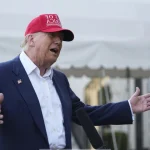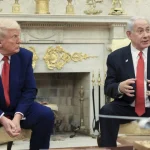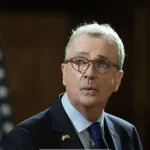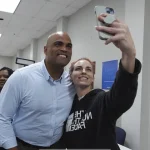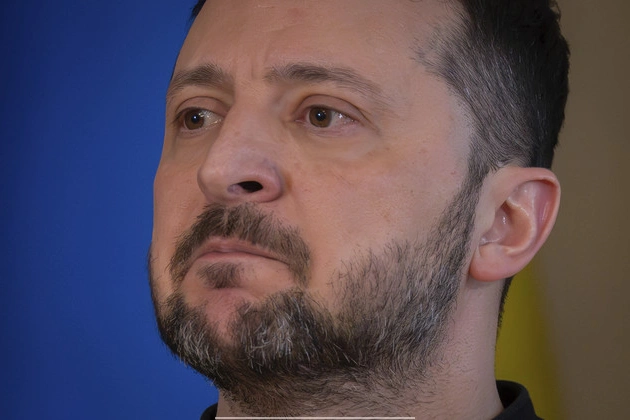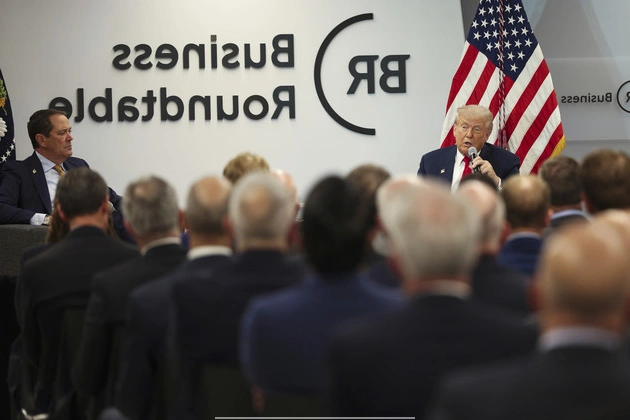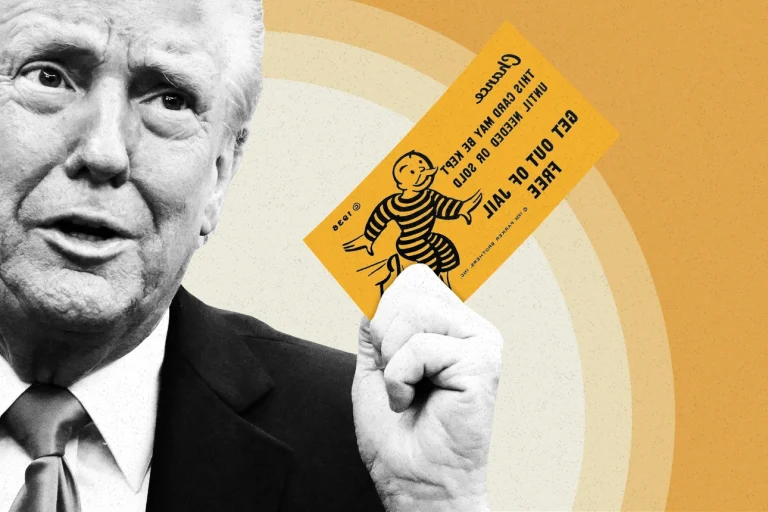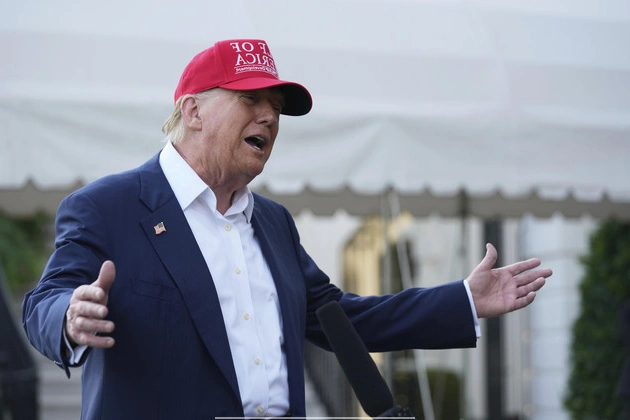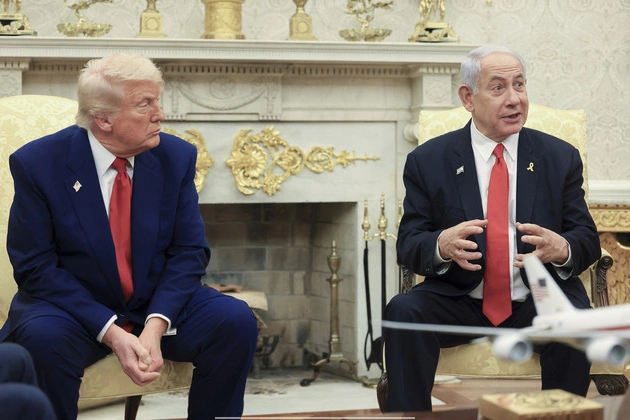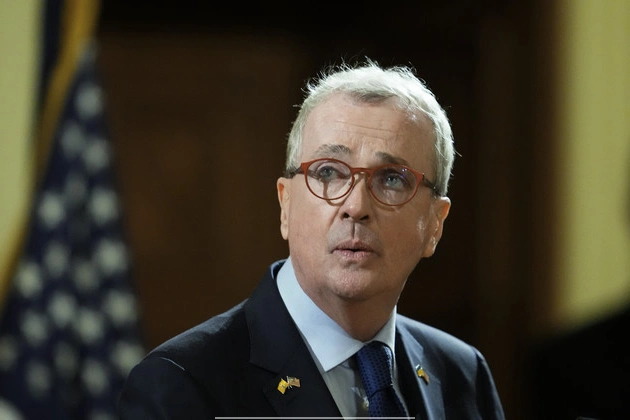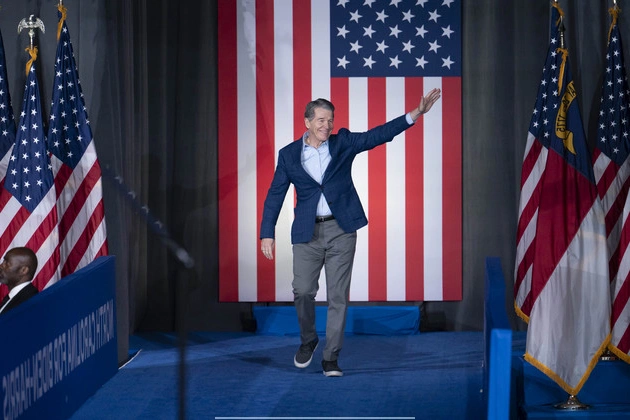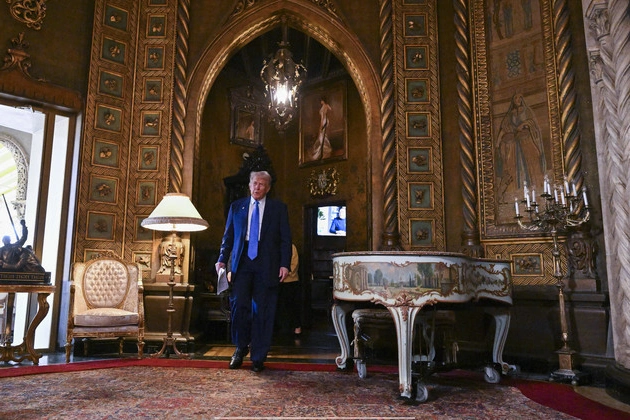
President Donald Trump signed a significant executive order on Tuesday, expanding his control over independent agencies by bringing them under White House authority. This move is expected to face substantial legal challenges due to its far-reaching implications.
The Power Shift and Legal Implications
The executive order represents President Trump’s latest effort to consolidate power beyond the historical boundaries observed by previous administrations. It also serves as a test of the unitary executive theory, asserting the president’s sole authority over the executive branch. The influence of Russ Vought, Trump’s budget chief, and other conservatives in his circle who advocate for eliminating independent branches of the government is evident in this action.
While the unitary executive theory has historically been considered on the fringes of legal discourse, many mainstream legal scholars argue that it is unconstitutional. This is because Congress established these agencies to function independently or semi-independently from the president. Notable agencies affected by this order include the Federal Communications Commission, the Federal Trade Commission, and the Securities and Exchange Commission, all of which play crucial roles in setting regulations and enforcing compliance.
Previous administrations have typically respected the independence of these agencies, avoiding any appearance of interference in their operations. Agency heads often serve terms that extend beyond a single presidency to shield them from political pressures. However, the recent executive order grants supervisory powers to Vought, who reports directly to the president, effectively reducing the agencies’ autonomy.
Under the terms of the order, Vought, as the director of the Office of Management and Budget, is tasked with establishing performance standards and management objectives for agency heads. He is also required to report periodically to the president on their performance and efficiency in meeting these standards. Additionally, Vought has the authority to review and modify agency budgets to align with the president’s policies and priorities.
Implications and Legal Challenges
The executive order’s sweeping nature signals a fundamental restructuring of the federal government, solidifying the Trump administration’s legal position for anticipated legal battles. Previous actions by the administration, such as the dismissals of key agency figures like Gwynne Wilcox, Jennifer Abruzzo, and David Huitema, have set the stage for this shift in power.
While the order primarily impacts agencies already under administration scrutiny, its broader implications extend to other independent bodies. Notably, it does not directly affect the Federal Reserve’s monetary policy functions but does influence its oversight of financial institutions.
Independent agencies often find themselves in political crossfires, as seen in recent actions by the SEC and FCC. The order mandates that agencies appoint White House liaisons and coordinate policies with various government bodies, further blurring the lines of independence.
Ensuring Accountability and Oversight
The order asserts that officials wielding significant executive powers must be supervised by the elected president to ensure government accountability. It also limits the agencies’ attorneys from advancing legal interpretations that contradict the president or the Attorney General’s opinions.
Trump’s previous interventions in agency affairs, like pressuring the FTC and FCC on social media censorship issues, highlight his administration’s approach to agency oversight. The order formalizes and expands these actions, setting the stage for potential conflicts with independent agency decisions.
While past administrations have also faced criticism for blurring lines between White House directives and agency actions, Trump’s executive order represents a notable shift in power dynamics within the federal government.
It is essential to monitor the unfolding implications of this executive order as it reshapes the relationship between the executive branch and independent agencies, potentially influencing policy decisions and regulatory actions in the future.
